Changes to pre-authorisation procedures for automated fuel pumps, which were agreed last year, have been splashed across newspapers and websites after a Facebook posting by an Asda customer.
When a customer uses a card at a pay at pump facility, a pre-authorisation charge is applied. The money is not removed from the customer’s account, but it means that amount is set aside by the bank and cannot be accessed by the customer until the bank is informed the transaction has been completed and releases the block on the funds.
Previously the pre-authorisation charge was £1, but last year Visa and Mastercard introduced advice that it should cover a tank of petrol and it would be £99.
Retailers have just begun to roll out the change.
In most cases this would not be noticed by customers, because the holding charge on their accounts should be cleared in minutes, and because no money leaves the account it would not appear on monthly bank statements.
But if there is a delay in the system, and a customer investigates their account online, then the “charge” becomes apparent.
This appears to be what happened at an Asda site where the retailer was rolling out the new charge.
A customer posted on Facebook that an additional £99 has been debited from her account after buying £5 of petrol and it took three days before the money was released.
This was picked up by the media and spawned headlines suggesting people would be “charged £99” for using pay at pump facilities, and stories suggested that retailers were holding off introducing the new “charge” because of customer complaints.
However, a Mastercard spokesman said: “Last year a change in industry rules meant that petrol stations with automated fuel pumps were required to pre-authorise a value equivalent to a full tank of fuel, so that customers didn’t fill up with more fuel than they could afford.
“This is designed to protect them, and the petrol station. If customers don’t have the required funds in their bank account, a further step is available to petrol stations which allows them to check what available funds a customer has, enabling a lower value of fuel to be dispensed.
“While some customers may see a request for a higher amount than the fuel they bought – perhaps on their mobile banking app – these funds are not taken from their account. Only the value of the petrol dispensed is withdrawn.”





















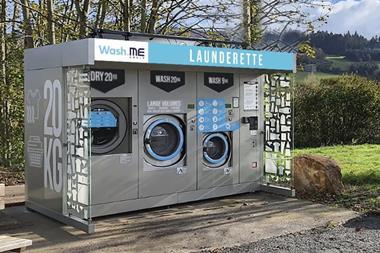
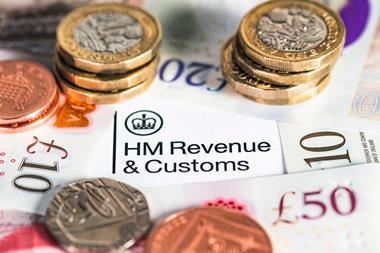
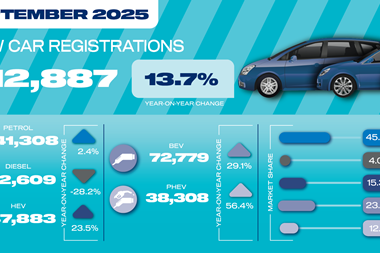
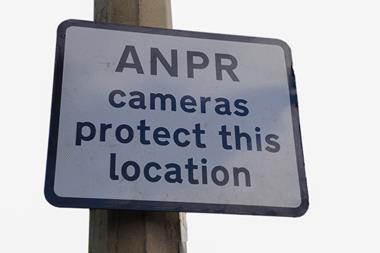
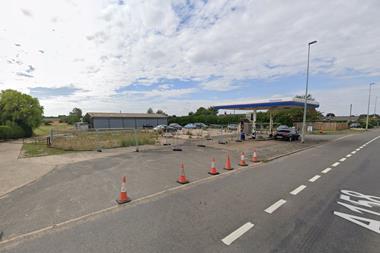
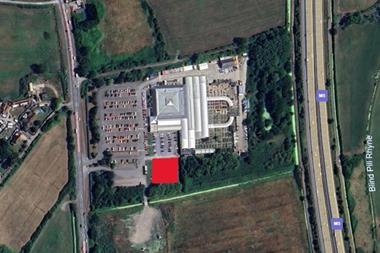
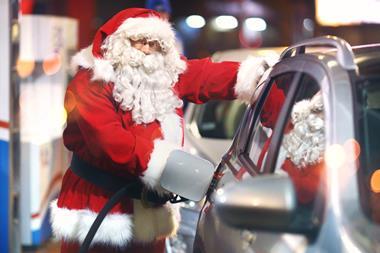

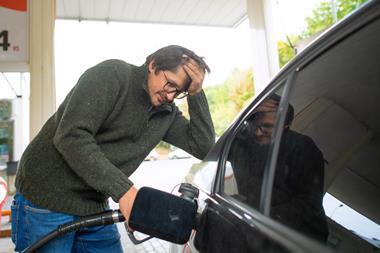
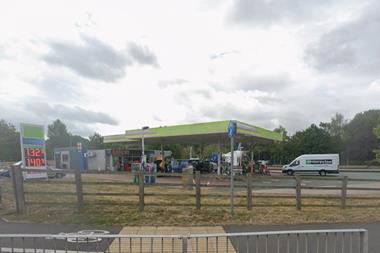
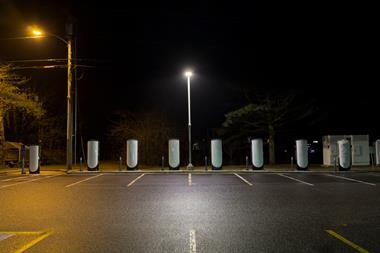
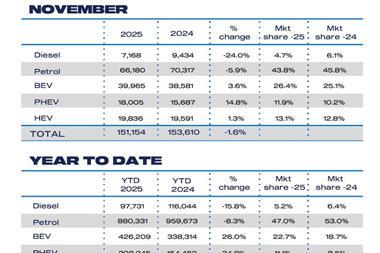
No comments yet